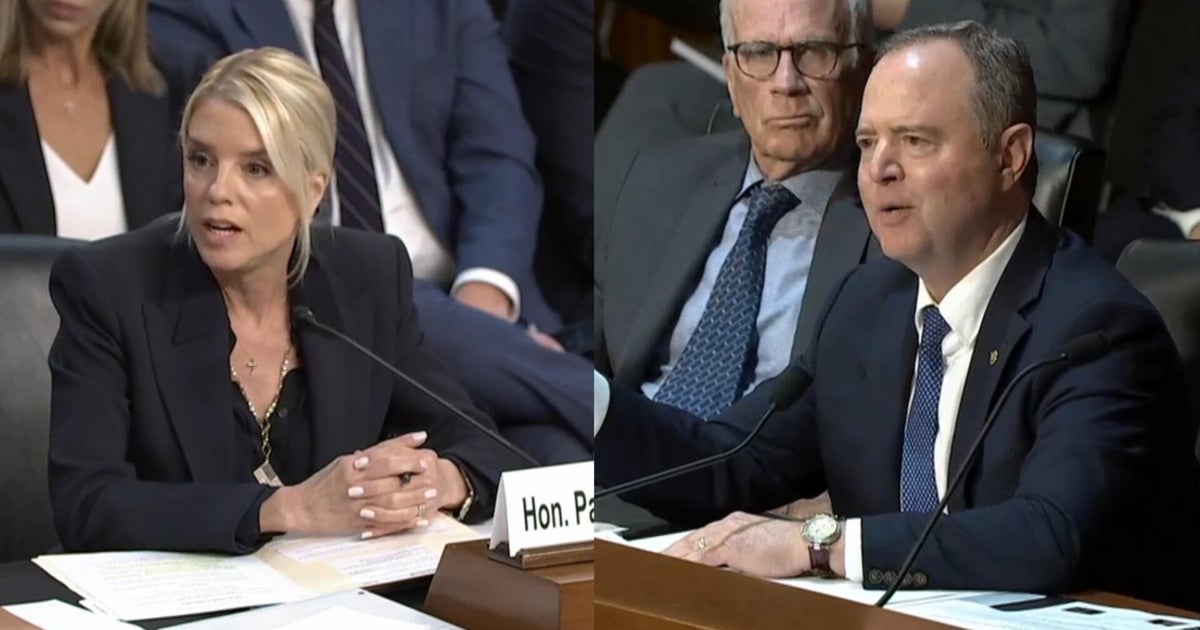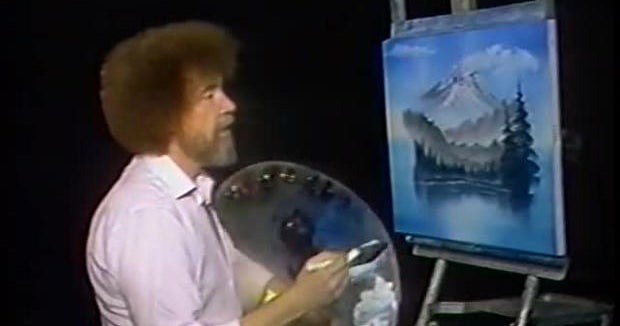Opinion
September 29, 2025 — 7.00pm
September 29, 2025 — 7.00pm
Opinion pieces from local writers exploring their suburb’s cliches and realities and how it has changed in the past 20 years.
See all 53 stories.Hadfield could be anywhere. Seriously. Anywhere. Close your eyes, put your finger on the map and pick where you think it is. You’ll be wrong.
We found this out shortly after we moved in.
We’ve moved to Hadfield.
[Silence]
Hadfield!
[Awkward silence]
Hadfield … North Pascoe Vale.
No one quite knows where exactly it is, and when you live there, it could be anywhere! It is inner-city enough to give you a choice of two train lines, with a takeaway coffee from one of the five coffee places, but outer-suburban enough to be almost 40 per cent parkland (admittedly, Fawkner Memorial Park claims most of that).
Fawkner Memorial Park is remarkable for having a train station in the middle, so the deceased can still go into the CBD when they fancy, and the fact that I’ve never been into it. “Chopper” Read, “Squizzy” Taylor and Maurie Fields are buried there. And there’s also a memorial to Harold Holt (though I prefer to reminisce with the more appropriate Harold Holt Memorial Swimming Pool in Glen Iris).
Named after Rupert Hadfield, a former councillor of the Broadmeadows Shire until it snuck into Merri-bek, the suburb appeared during Melbourne’s suburban expansion in the 1950s and ’60s. It quickly became a landing place for European migrants, particularly from Italy, Greece, and Malta, who helped shape the area’s identity – both culturally and physically. Today, the footprints of that era can be seen everywhere with red-brick post-war homes, backyard grapevines and fruit trees, and the familiar sound of another deceased estate being auctioned on a weekend.
The suburb has changed a lot from its southern European beginnings and, in recent years, has gotten younger (incidentally, if anyone needs a childcare centre, Hadfield’s got a lot), with an influx of Indian, Pakistani and Lebanese migrants. It is also getting denser as every deceased estate gives birth to a subdivision of townhouses.
We moved in sometime between COVID-19 lockdowns 75 and 76, and immediately fell in love with the large blocks, the ability to walk everywhere and the silence. Oh, the silence of the conveniently named North, South, East and West streets (either they had run out of street names by the 1960s or the town planners just thought Hadfield needed a sense of control and compass-like symmetry).
As someone who moved from the outer western suburbs of Melbourne (Perth), Bell Street seemed like a line I would never cross – Boundary Road was obviously the start of the Sydney CBD. Sadly, as much as we loved the life of being able to hear trams, the real estate overlords demanded we buy in the not-so-inner north.
Our house is on a huge block, with two sheds and the memories of the old family’s life. Shed No.2 has the correct ratios of fuels for the lawnmower and some specific instructions – “Keep it neat!” – while there are handprints of the children behind Shed No.1 and a glass tribute to the family cat. We found it less Depreston and more Gladfield as there was a sense of our family continuing the enjoyment of the house as a home (i.e. we haven’t knocked it down yet).
Loading
Hadfield is home to a lot of birds. Incidentally, the old owner of our house was a bird person (kept in the long-gone shed No.3). Neighbours still mention how much happier they are, now that the snakes are gone. But we still don’t walk in the grassy areas in the garden.
I love the sounds of the flock of 200-plus sulphur-crested cockatoos from the nearby golf course helping themselves to the smorgasbord that is the suburb’s fruit trees. Some of this surplus of bird life is partly due to the parks, and some is historical. The Victorian Centre for Pigeon Racing was based in Hadfield and numerous flocks of pigeons still circle over the houses – until the neighbourhood peregrine falcon joins in.
It is also the flight path for Essendon airport. The falcon doesn’t fuss so much with them.
At the heart of Hadfield is the West Street shopping strip, with small businesses and an overworked Woolworths. The strip has everything you can want (and the smoke shop has been ram-raided only twice.) There are coffee shops, two butchers and three junk shops.
The local West Street Green Grocers is a shop that requires the skills you gained in playing sardines with an ability to choreograph your way through a frenzy of fruit and veggie buyers. (P.S. Do not bring in a trolley!)
The West Street shops have everything, and everyone in every shop is remarkably nice. Incidentally, North Street’s got shops, too – also very nice. I grew up in the era of corner shops, and the community and accessibility of the West Street shops is a major part of my love for Hadfield. It is easy to underestimate how being a local to a strip of shops can add to your feeling of home and community.
Of course, nothing builds community like the local mulch pit. Merri-bek Council leaves tree mulch in a public access pile in South Street that both provides for our garden and my need for human contact.
Loading
“Morning!”
“Doing some gardening?”
“No.”
[Awkward silence]
Every weekend, gardeners descend to see what the council has left, hoping it will be more wood chips than green gloppy mess. Every time we drive past, my family checks the pile as if the quality of our day will be determined by what’s in it.
Has much changed since I moved here four years ago? Lockdowns stopped; to celebrate their end, the cars came back to claim their territory. How we miss the initial silence we enjoyed.
Hadfield is a byway for large, American-style muscle utes as they travel from Bell Street to some mythical land north of Hadfield. This is punctuated by turbocharged solo man trophies revving every night, and celebrated on weekends by the trail bikes who know how many laps of the streets they can do before the police air wing flies over. Sadly, many of the birds have decided to leave us for Glenroy – which is curious because most people in Glenroy would much rather be in Hadfield.
When you do bring the car around to visit the mulch pit, do remember as you turn at the lights on Boundary Road into West Street: green is for go, orange is for why-would-you-stop and red is optional, apparently.
Don’t just drive through. Have a walk. Hear the birds. Feel the community. Visit the memorial park and then pop me a line and tell me what it’s like.
David Ryding is the founding director of the Melbourne UNESCO City of Literature Office.
Get a weekly wrap of views that will challenge, champion and inform your own. Sign up for our Opinion newsletter.
Most Viewed in National
Loading


















































